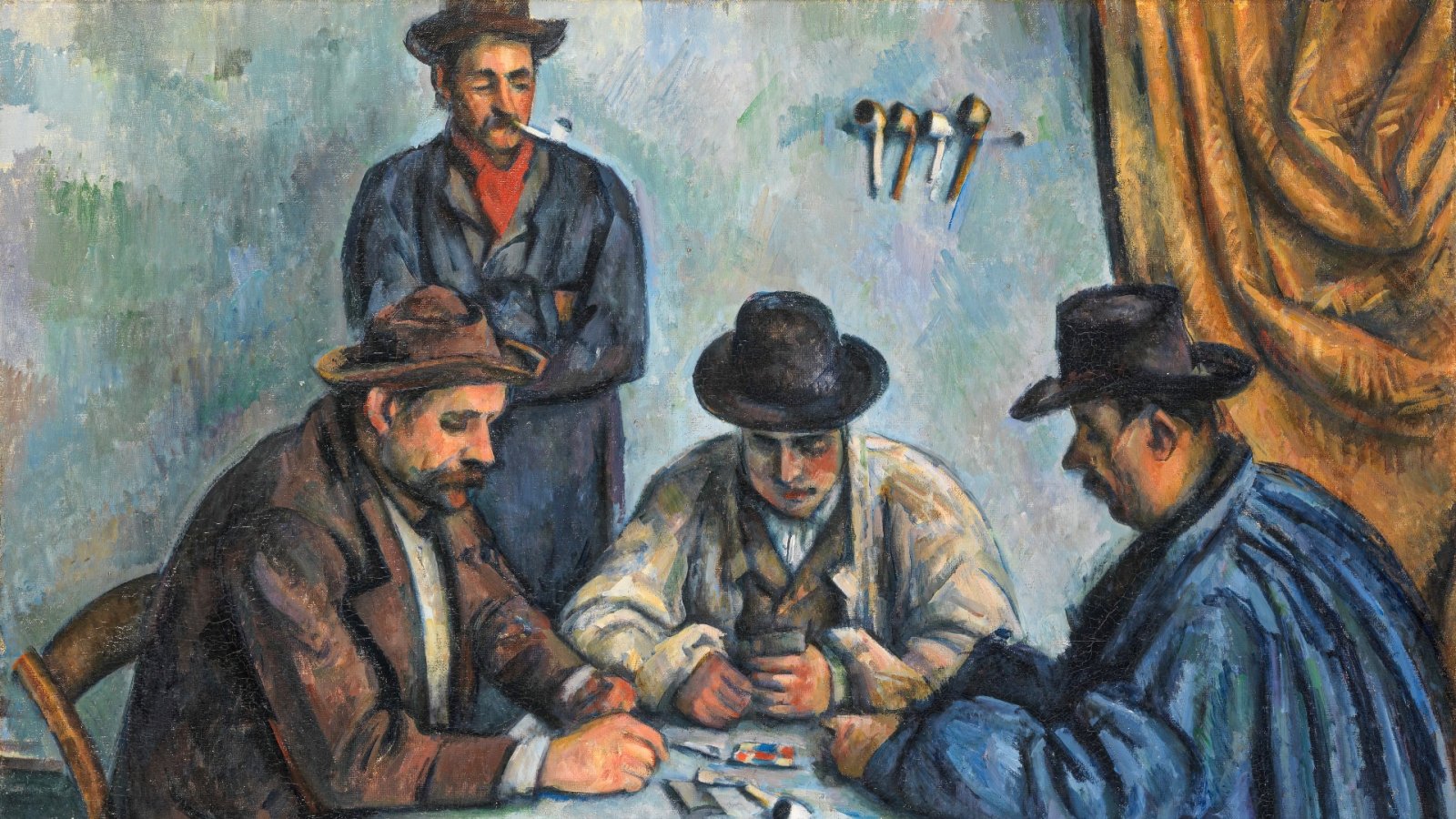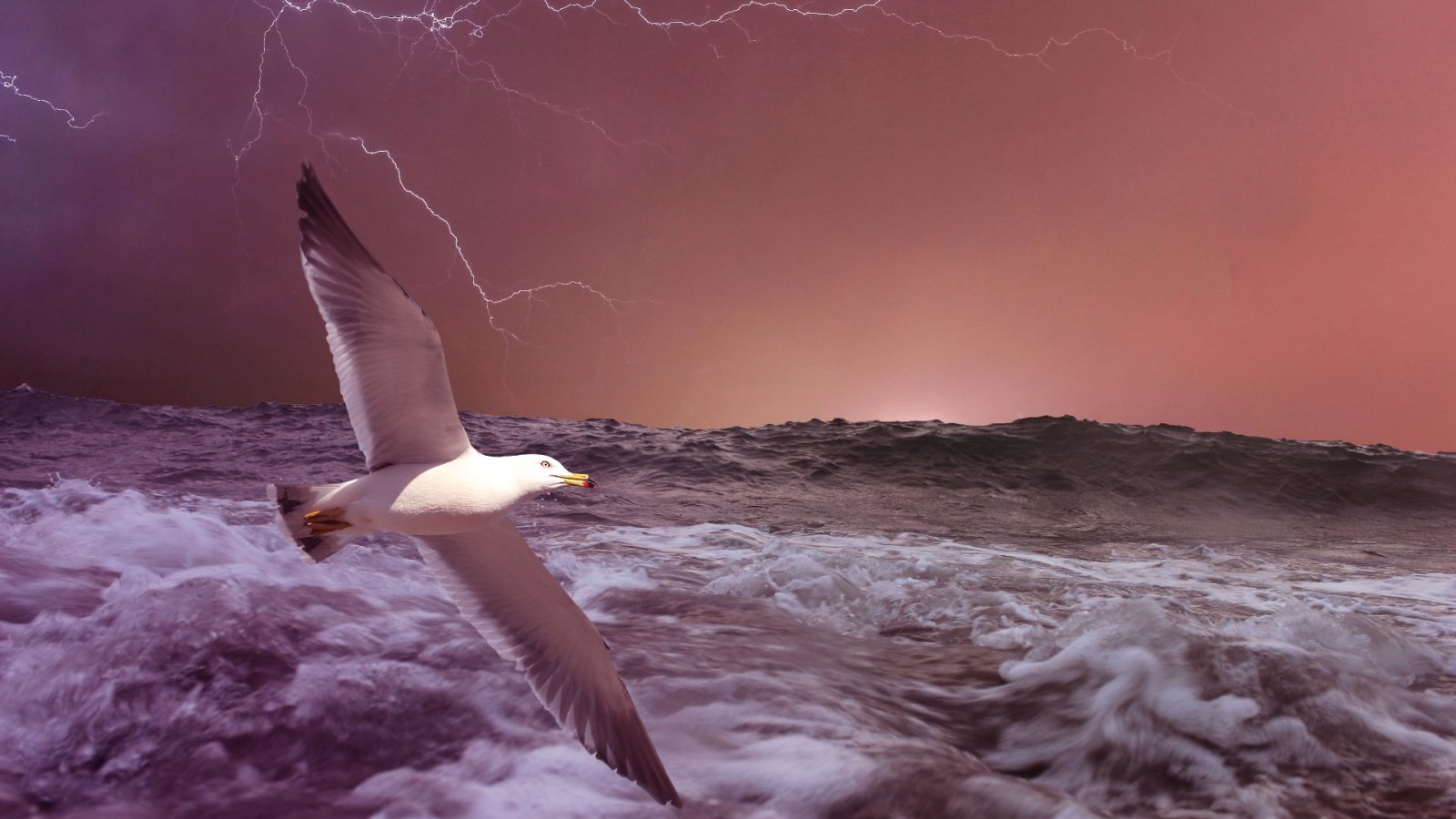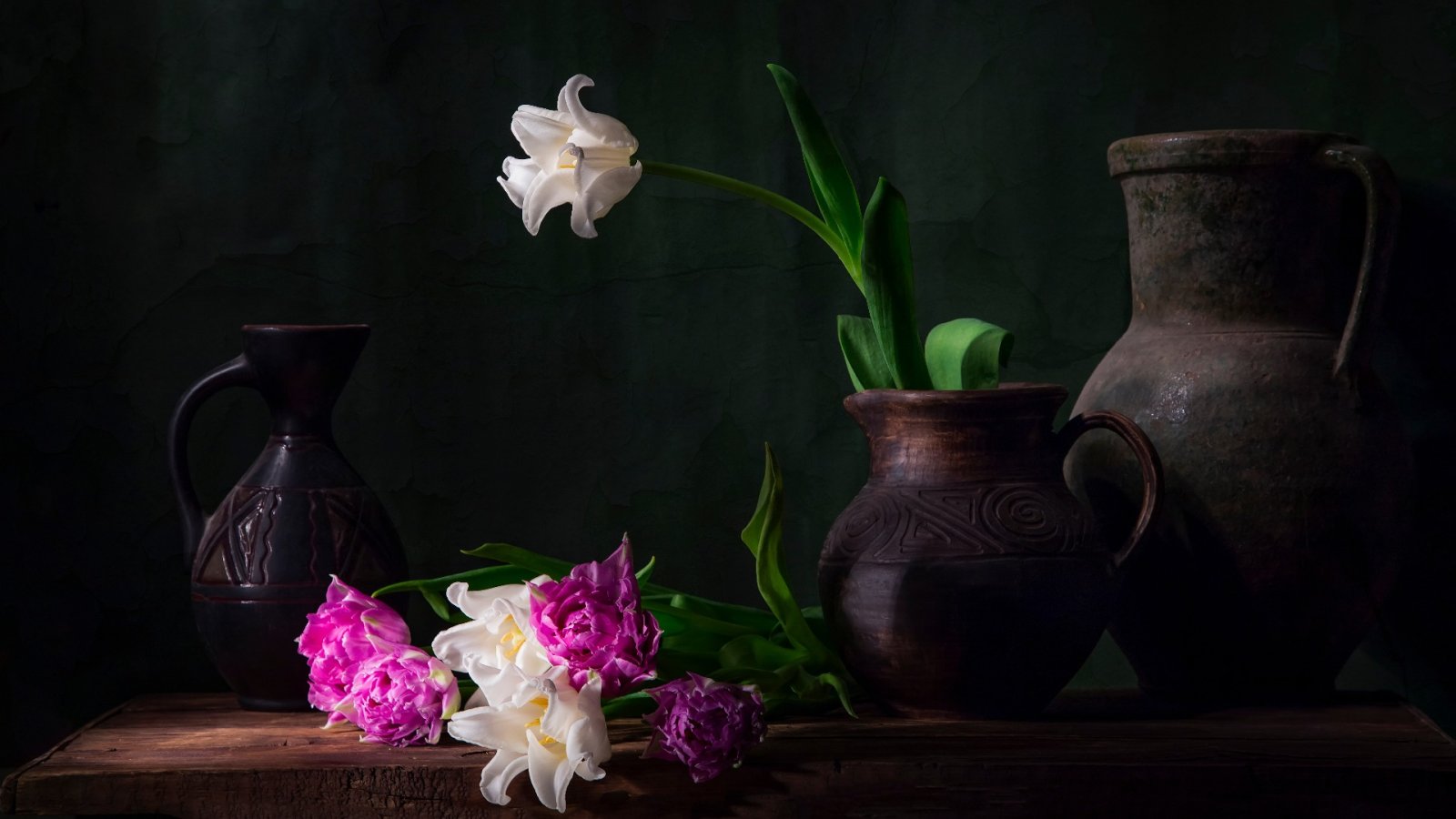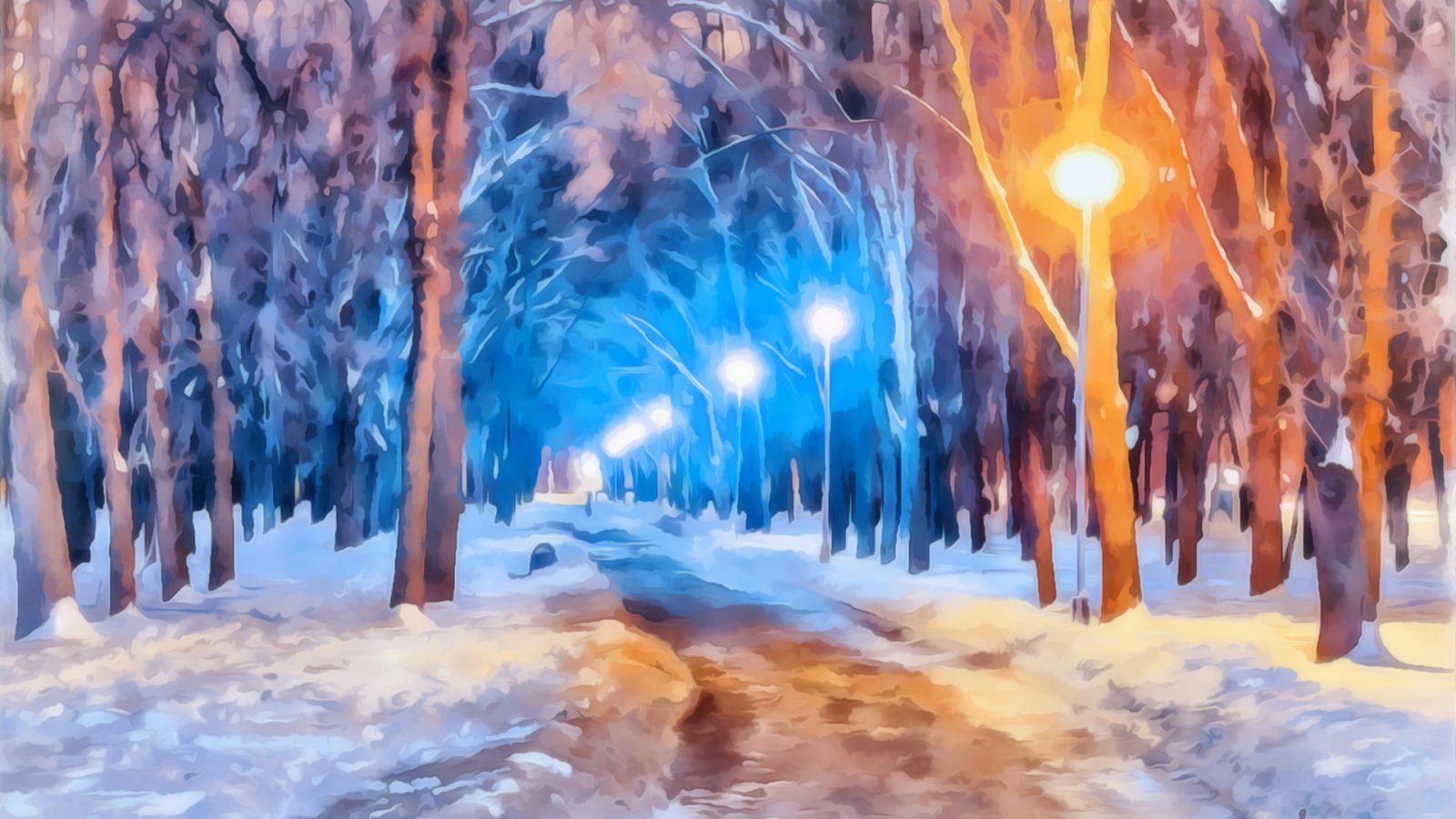During a winter trip to Norway in 1895, Claude Monet wrote a letter to a friend describing how he braved the snowy conditions to paint outdoors. Monet had traveled north expressly to capture the stark yet luminous winter landscapes of Bjornegaard and Sandvika on canvas. His trip demonstrated a passion that had developed over decades - a passion for painting en plein air scenes of winter.
Over his career, Monet painted more than 140 landscapes depicting the season, experimenting with pale color palettes and capturing how light transformed across snowy, foggy, and windy conditions. Defying the cold, Monet delighted in bringing the transient effects of winter weather to life on his canvases.
Monet's earliest snow painting, A Cart on the Snowy Road at Honfleur, dates back to 1865-1867. In 1868, his patron Louis Joachim Gaudibert provided the artist and his family - which now included girlfriend Camille Doncieux and their infant son - a home in the countryside near Etretat, France. There, Monet cultivated his growing interest in capturing the subtle changes in snow-covered landscapes. It was during the winter of 1868-1869 that Monet created his largest winter scene, The Magpie. Depicting a hushed, snow-blanketed countryside, the rectangular composition features a stone wall dividing the foreground and background. No human figures are present, leaving the lone black magpie perched on a wooden gate on the left as the sole witness to the wintry stillness. One can imagine its song ringing out across the silent, icy forest landscape.
Currently housed at the Musée d'Orsay in Paris, The Magpie remains one of the museum's most beloved works. As the winter season approaches, we took a closer look at Monet's renowned snowy landscapes to uncover three intriguing facts about his relationship with this chilly subject matter. Beyond capturing fleeting visual effects, Monet's winter scenes offer fresh insight into his artistic process and passion for painting outdoors despite harsh conditions.
In the mid-1850s, Realist painter Gustave Courbet began creating landscapes depicting snow-covered regions of his home in Franche-Comté. He referred to these as effet de neige paintings, exploring the unique visual effects of winter terrain. A dramatist who often painted lively hunting scenes, Courbet proved influential to early Impressionists like Alfred Sisley, Camille Pissarro, and Claude Monet. While Courbet emphasized winter's rugged drama, Monet's scenes such as The Magpie conveyed a more contemplative and even joyous tone. It's believed Monet relocated to Etretat, partly seeking respite from depression. The change of scenery seemed beneficial - he wrote to his friend Frédéric Bazille praising the beautiful countryside, finding winter better than summer as inspiration for his constant studio work.
Art historians now praise The Magpie for its virtuosic use of color and restricted palette, as well as brushwork hinting at Monet’s developing Impressionist style. However, Monet's application of white-on-white tones may have also stemmed from necessity - several harsh winters during this period. The 1998 exhibition “Impressionists in Winter: Effets de Neige” brought together 63 winter landscapes across various American museums to examine this theme.
Curated by Eliza Rathbone, contributing scholars suggested the plethora of Impressionist snow scenes from the late 1860s, and early 1870s resulted from exceptionally snowy winters, compelling artists outdoors to depict the conditions prominently in their work.






